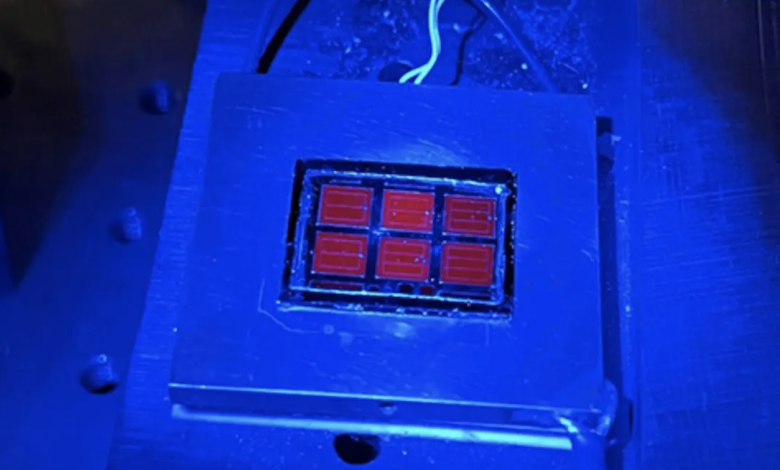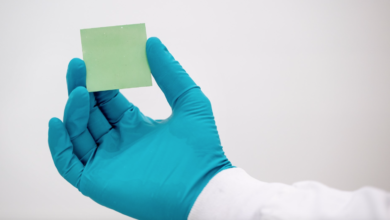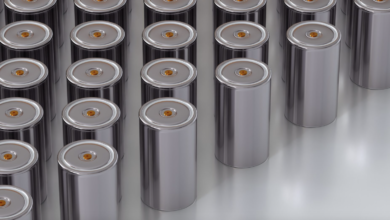World’s most efficient solar photovoltaic cell created, close to 40%

World’s most efficient photovoltaic cell relies on quantum wells
(Sustainabilityenvironment.com) – The conversion efficiency of the photovoltaic cell without concentrators is close to 40%. The highest level ever reached in the world. The credit goes to the National Renewable Energy Laboratory, one of the centers of approximately the US Department of Energy. Here a group of scientists has developed a solar pv cell that can transform into electricity 39.5% of the incident light. The secret of success lies in the materials used and in the triple junction, an approach that integrates into a single unit three different semiconductors with different bandgaps.
Records for NREL experts are on the agenda. Scientists had already achieved a unique result in the world in 2020 with six-junction photovoltaic cells based on III-V materials (named in honor of their position on the periodic table). The device then showed a yield of 39.2% under standard conditions and 47.1% at a concentration of 143 suns. But it does not end there. They are also the creators of the triple junction inverted metamorphic architecture on which many of the high-efficiency III-V solar cells are based today.
Read also FoilMet® transforms rigid solar cells into flexible solar modules
The new work has raised the bar even further, and not just towards surrender. One of the biggest problems with this technology is cost. III-V materials are still too expensive for large-scale applications, which is why this type of solar panel is currently used primarily in the aerospace industry, to power satellites.
And this has become one of the goals of NREL researchers: to drastically reduce production expenses by providing alternative models that make such cells economical for a wide variety of applications.
It’s all about balance
And the first step is to further increase efficiency. For the most efficient solar cell in the world, scientists used gallium indium phosphide (GaInP) for the upper junction; gallium arsenide (GaAs) with quantum wells for the central part; gallium indium arsenide (GaInAs) for the lower part.
As researcher Ryan France points out, “GaAs is an excellent material and generally used in III-V multijunction cells, but it does not have the correct bandwidth gap for a three-junction cell. This means that the balance of the photocurrents between the three cells is not optimal”. That’s why the team put quantum wells in the intermediate state, elements that confine electrons to specific energy levels.
In this way they could extend the GaAs bandgap and increase the amount of light absorbed. Conclude France, senior scientist and cell designer. “Here, we modified the bandgap while maintaining excellent material quality using quantum wells, which enable this device and potentially other applications“. The research appears in the May issue of Joule magazine.





